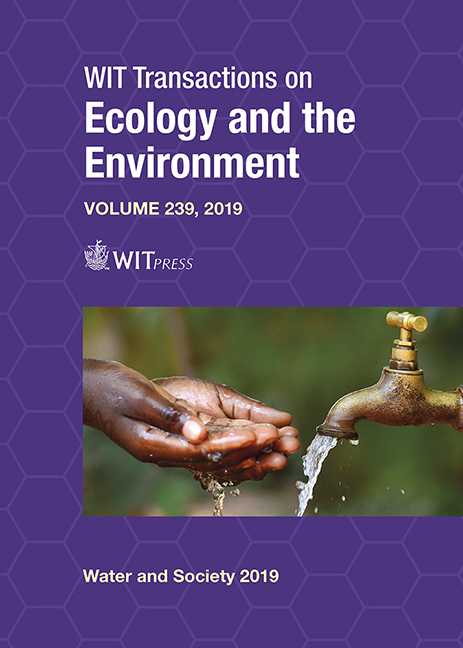PLS-PM FOR ECOLOGICAL INTEGRITY MAPPING: CASE STUDY OF THE AVE RIVER BASIN, PORTUGAL
Price
Free (open access)
Transaction
Volume
239
Pages
13
Page Range
145 - 157
Published
2019
Paper DOI
10.2495/WS190131
Copyright
WIT Press
Author(s)
ANTÓNIO FERNANDES, ANA FERREIRA, LUÍS SANCHES FERNANDES, RUI CORTES, FERNANDO PACHECO
Abstract
The bonds between pollution sources, contaminant concentrations and ecological damage are quite complex to access, but the proper management of river basins requires the full understanding of those interactions. In the present study, four SEM-PLS models were used to set up environmental cause–effect relationships in a heavily polluted urban catchment: the Ave River Basin. Data were collected within this watershed relative to point source discharges, diffuse emissions, diffuse indicators (e.g. land use), contaminant concentrations and a Portuguese index of macroinvertebrates diversity (IPtIN). The same dataset was used in the four SEM-PLS models, but each run was based on a different combination of latent variables. In all cases, it was possible to recognize that nitrogen discharges from livestock production, industrial and urban treatment plants are the dominant threats to water quality. The model results were robust, characterized by high, adjusted R Squared values – from 0.744 to 0.931. The models were also used to draw water quality maps. Now, the purpose was to test their prediction capability. Since more than 80% of the water courses were correctly classified for IPtIN, the predictions were considered feasible.
Keywords
SEM-PLS, water quality, ArcGIS, Ave River basin.





